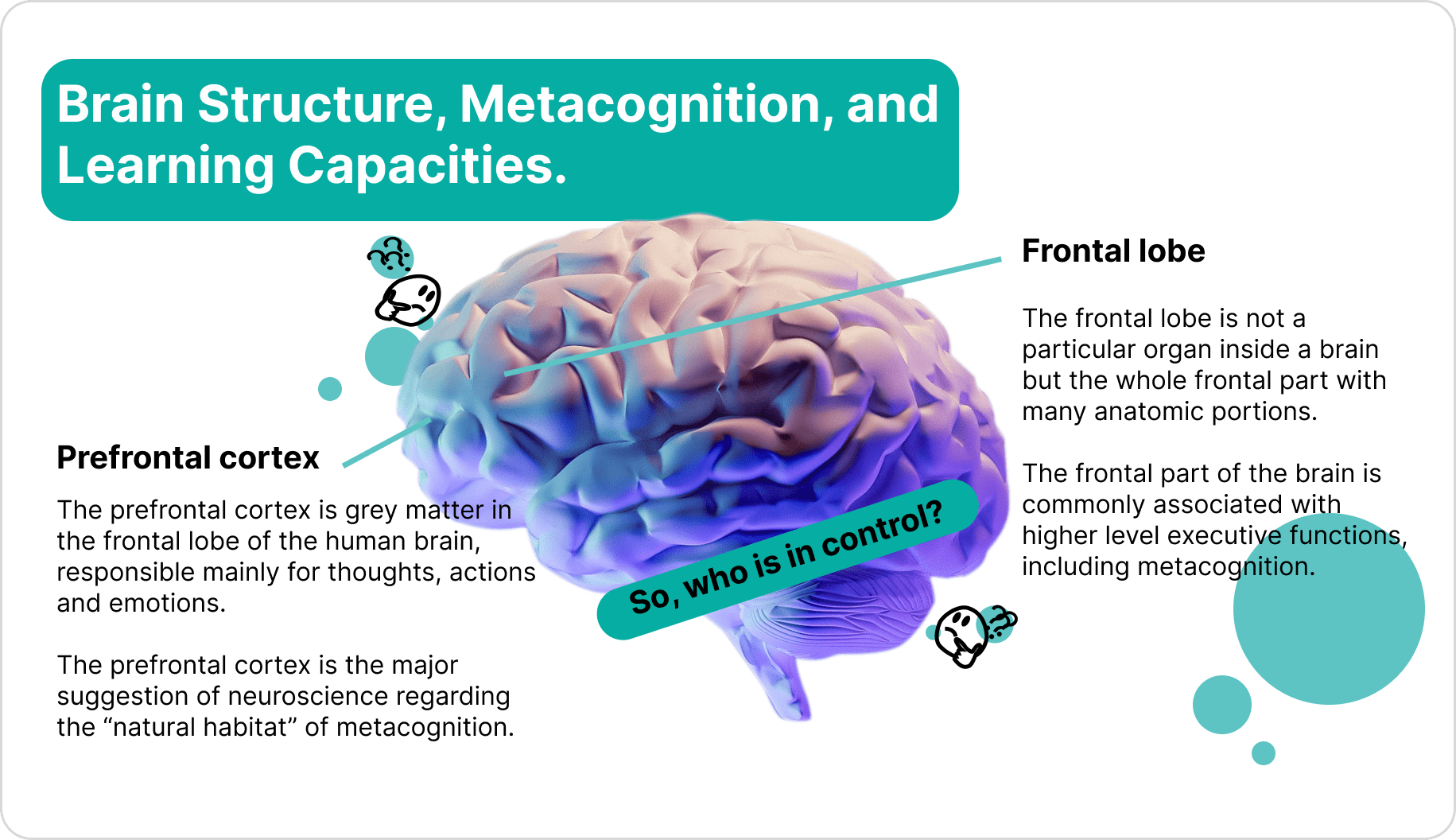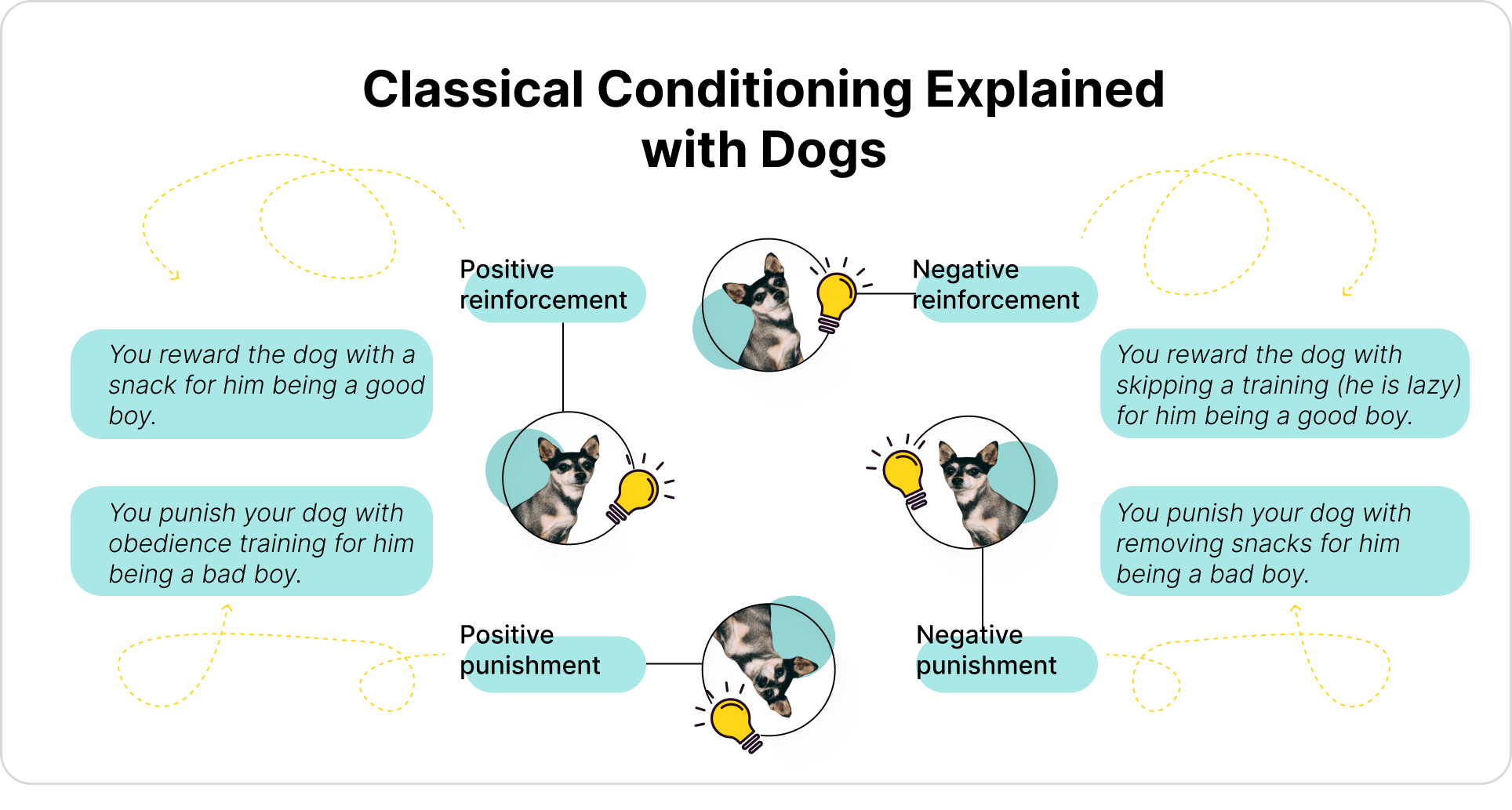Our brains are truly mesmerizing mechanisms. Do you know that about 75% of the brain is made up of water? Or, do you know that the brain consists of about one hundred billion neurons? In comparison, these facts seem to not make sense. But no worries, it is a common problem for the neuroscience of learning and just anyone trying to understand how human consciousness works.
For that reason, this article will explain some scientifically proven concepts about the brain and learning so that you can build your education on solid ground.
What Neuroscience Is and How Does It Relate to Effective Studying?
The reason you need to know the essence of neuroscience concepts is that you can find tons of available information about studying tips. However, is all the information backed up by evidence? In most cases, it is not.
In a nutshell, neuroscience studies the nervous system, the brain’s structure, and cognitive functions, such as speaking, thinking, imagining, and effective learning.
If you aim to take your education seriously, you must base your studies on the neuroscience of learning rather than unproven theories. The basic concepts to start with are:
- The brain’s structure and ideas of metacognition
- Neural plasticity
- Classical conditioning
Now, let’s dive into the juiciest parts of how particularly you can use scientific knowledge to your own benefit.
Brain Structure and Metacognition. Can You Control Your Brain?
This interesting question has yet to be answered. Metacognition, or the ability to be aware of your cognitive processes and control them, is under the operation of the prefrontal cortex and frontal lobe.
Science knows that metacognition is crucial for active learning. In fact, it is the most effective way to study anything you want.
Here is how you can use metacognitions for learning:
- Monitor your progress. Every time you apply particular brain zones, you grow their neural connections. Do you want to catch the new information in the air and make incredible connections between facts? Do so purposely first, and soon, it will become an automatic process.
- Prioritize tasks. Metacognition is a true gift for studying. You must understand that you DON’T have to do all tasks equally. You have the ability to decide what is essential. Use it. Own it. Shine bright like a diamond.
- Adapt your studying approaches. Metacognition allows you to critically evaluate every method of studying you try. To build an effective studying routine, you must try different approaches and pick the most suitable one. For instance, you can start by experimenting with decreasing your stress, exam studying tips, and time management methods.
Neural Plasticity. You Can Access the “Default Settings” of Your Brain
As said above, we know that the brain consists of special cells called neurons. They are capable of conducting small electric currents, and they do so through fibrous roots called dendrites. Thousands of neurons in your brain form the net of connections.
Thankfully, these connections transform every time they get exposed to external stimuli. What does this mean for effective studying? It means that through learning and having experiences, you can adjust your knowledge, beliefs, and so-called “subconscious programs.” Here are two effective techniques for effective study based on the idea of neuroplasticity:
- Extend your studying abilities. Some frames for our abilities and skills are natural and cannot be significantly extended. For instance, we have only that much of the working memory and can’t do anything about it. However, you CAN change your study habits, the extent of retaining information for a long period, and your cognitive capacities. It’s not your personality and cognitive skills restraining you but your beliefs about it.
Example: You believe that you are incapable of effective learning. It means that you thought about it thousands of times and secured that particular neural unit. Think about what you CAN do well, and your neurons will adjust.
- Use neuroplasticity for memorization. The idea is that “the more you repeat the information, the stronger the corresponding neural connection gets.” Use it for your exam preparation or for daily studying.
Example: Use book summary services first to establish a basic understanding of the reading. Read the full text after that, and finally, use revision notes, flashcards, and voice recollection to revise the knowledge. This way, you “go through the neural pathway” three times instead of one, securing the new information in your brain.
Classical Conditioning Is Actually an Effective Way to Study. Pavlov’s Dogs Confirm
Effective learning involves the knowledge of how your brain reacts to external stimuli. You have probably heard of Pavlov’s dogs. This refers to the experiment where dogs were conditioned to associate the light bulb activation with feeding. However, the scheme is much more interesting and helpful.
Neuroscience has developed four types of operant conditioning to make your brain learn something. Here is how it works:
| Operant Conditioning Type | Meaning | Examples |
| Positive reinforcement | Add a rewarding stimulus for the desired result. | You reward yourself with a snack or social media break after the study session. |
| Negative reinforcement | Remove an unpleasant stimulus for the desired result. | You decide you will not do cleaning the day you study well, and you do so guilt-free. |
| Positive punishment | Add an unpleasant stimulus for the desired result. | You set deadlines for yourself to get the task done. |
| Negative punishment | Remove the rewarding stimulus for the desired result. | You decide that you don’t get to watch the film in the evening until the task is done. |
These conditioning types give you more flexibility in tricking your brain and motivation system into learning. The explanations above are pretty simple, but let’s see how you can adjust them to create more productive studying:
- Use positive reinforcement that aligns with your goals. For instance, don’t reward yourself with “easy dopamine” like snacks or TV time. Reward yourself with putting 1 dollar, or even 50 cents, in your savings for a dream every time you complete the task.
- Apply negative reinforcement to something that holds your brain space. It does not have to be something you hate doing the most. Instead, choose which of your chores to drop wisely, and choose the one that triggers you the most.
- Positive punishment must be the last resort. Use it only if nothing else works. It would be better to use it in cooperation with positive reinforcement, such as setting deadlines but rewarding yourself if you meet them.
- Use negative punishment to remove something harmful and neutral. If we take the example of social media, you may love scrolling TikTok, but sometimes you also scroll YouTube. Start with removing more neutral rewarding stimuli first, so you are more likely not to quit a new habit.
There are a lot of unexplored paths in the human brain and neurology, and scientists are still guessing about the brain’s mysteries. However, the existing knowledge is enough to help you build effective long-term studying habits.






